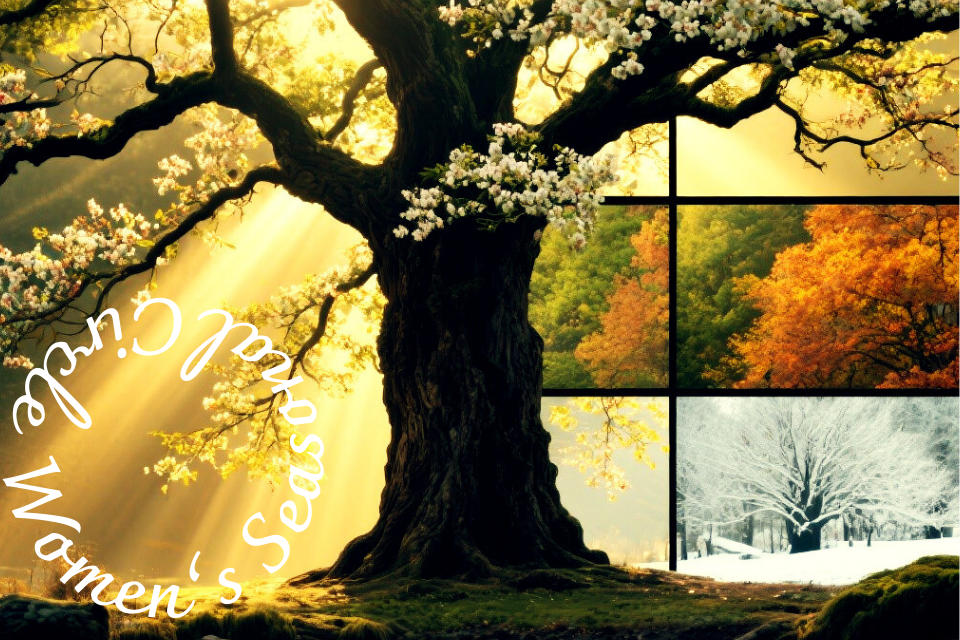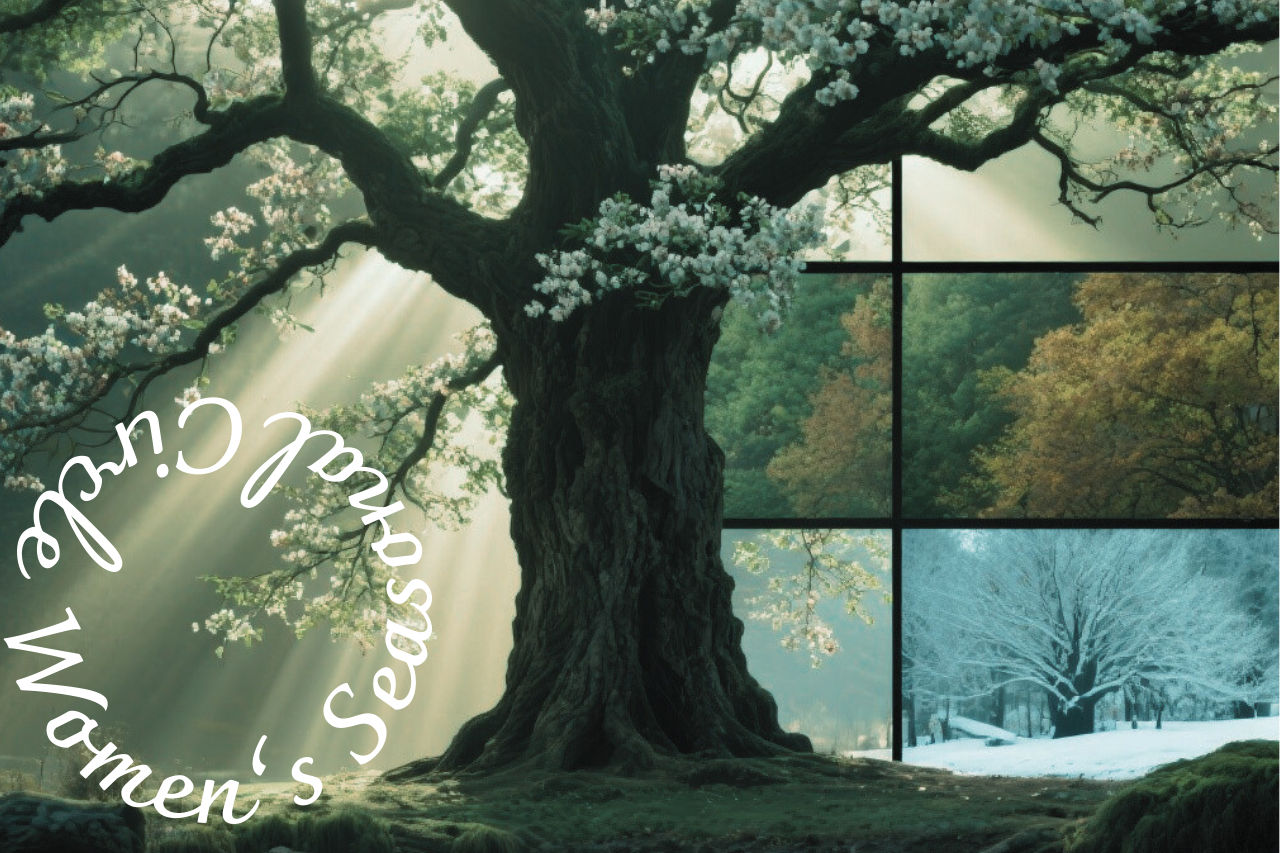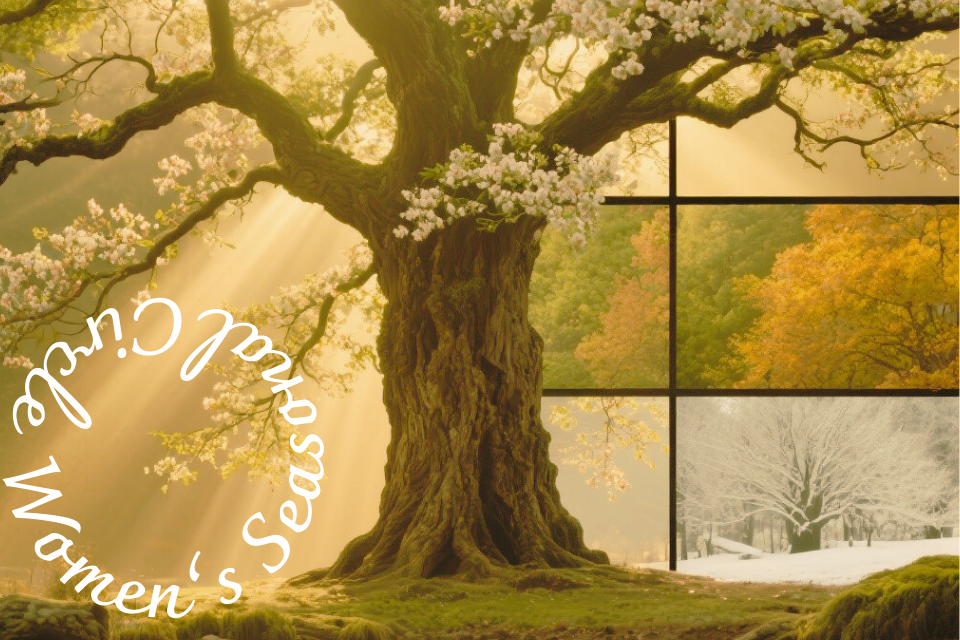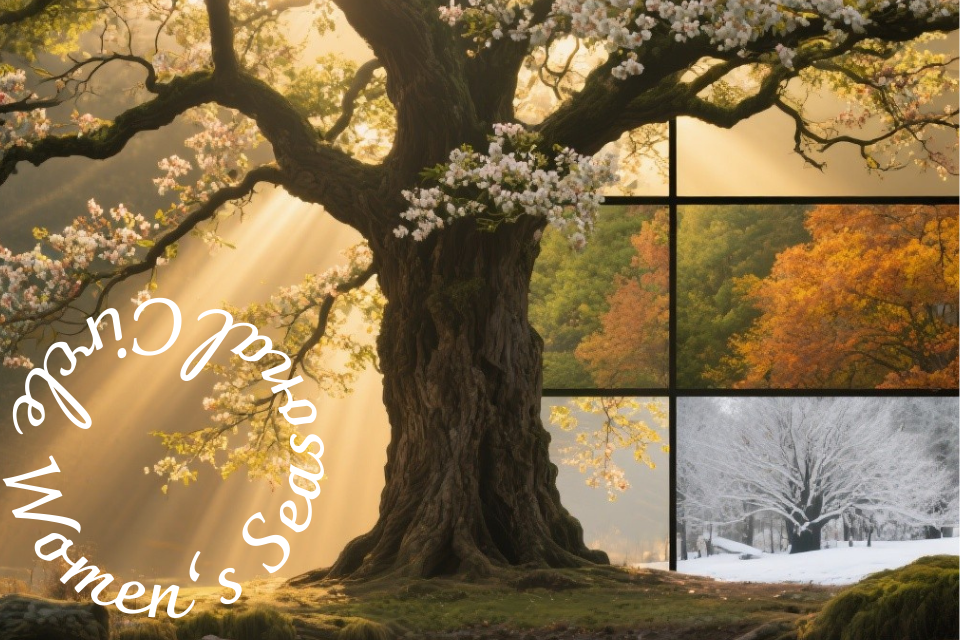Summer to Autumn: Preparing for Change
Why Transitions and Seasonality Matter
The change from summer to autumn is often subtle at first — a faint coolness in the evening air, the earlier fading of light, the trees whispering their readiness to let go. These shifts are not only in the landscape but within us. Our bodies, our moods, our energy all respond to the turning of the earth’s cycle. In older times, people knew this instinctively. They prepared for the change with rituals, food, and practices that softened the passage between seasons. To them, transitions were not interruptions, but sacred thresholds.
Today we often move from one season to the next without noticing. Yet transitions matter because they allow us to adapt, to let go of what no longer belongs to the passing season, and to invite what the new season requires of us. If we resist or ignore them, our health suffers, and we feel unsettled. By embracing these in-between times, we learn that true balance lies not only in the fullness of summer or the quiet of winter, but in the graceful movements between.
Seasonal transitions influence body, mind, and spirit.
Preparing consciously reduces stress and imbalance.
Living with rhythm supports harmony and resilience.
There is a moment, almost imperceptible, when summer exhales its last warmth and autumn quietly steps in. The evenings lengthen, a breeze carries the scent of dry grass, and shadows stretch across the land. In this in-between space, time seems to slow. Nature reminds us that change is not abrupt but a gradual weaving, where one season hands its gifts to the next.
The ancients often honored these passages with rituals, for they knew that transitions held power of their own. Just as day turns to night not with a snap but with twilight, so too do the seasons invite us into thresholds where both past and future coexist. In the glow of late summer sunsets, we are asked to reflect: What will we carry forward, and what will we release into the turning of the year?
Chinese Medicine Insights
In Chinese medicine, the space between seasons belongs to the Earth element, a period connected to nourishment, grounding, and the digestive organs — the spleen and stomach. The transition from summer to autumn is seen as a time when the body needs support to adapt, to hold onto warmth, and to prepare for cooler, drier air. Practitioners often encourage warm, cooked foods and moxibustion — the burning of dried mugwort near specific acupuncture points — to strengthen digestion, boost immunity, and create stability for the months ahead.
The wisdom here is that just as the earth stores its harvest, we too must gather and stabilize our own energy. By tending to our inner “soil,” we ensure the body can sustain vitality as daylight shortens and winds turn crisp.
Support spleen and stomach meridians.
Favor gentle, warming meals.
Use moxa at Stomach 36 (Zusanli) to strengthen immunity.
Ancient Greek Perspectives
Hippocrates, often called the father of medicine, wrote that seasonal changes affected the body as much as external wounds or illnesses. He taught that each transition could provoke imbalance in the humors if not met with the right foods and lifestyle. Autumn, in his view, required heavier nourishment, moderation in exercise, and protection against sudden chills carried by seasonal winds.
In Greek life, seasonal festivals often marked these shifts, blending ritual with practical adjustments. People honored the gods of harvest, but they were also, in essence, honoring the wisdom of their own bodies — preparing for winter’s demands through celebration, feasting, and reflection.
Hippocrates emphasized adjusting diet and activity to seasons.
Autumn was preparation for conserving energy.
Seasonal rituals blended health with community.
Contemporary Medical Studies
Modern science now echoes these older observations. Research shows that transitions between seasons affect mood, immune function, and sleep. Autumn, in particular, is associated with changes in serotonin, the brain chemical linked to well-being, and reductions in vitamin D as sunlight diminishes. Doctors note that respiratory illnesses, fatigue, and even mood disorders rise in the autumn months, especially for those who ignore the body’s need for rest and adaptation.
Understanding this, contemporary medicine suggests practical adjustments: support the immune system with vitamins, get more rest, and make gradual lifestyle changes to mirror nature’s slower pace. What Hippocrates and Chinese physicians observed centuries ago, science is only now confirming — that seasonal transitions are not trivial, but central to human health.
Reduced sunlight affects vitamin D and serotonin.
Immune defenses lower in early autumn.
Gradual adaptation prevents illness and fatigue.
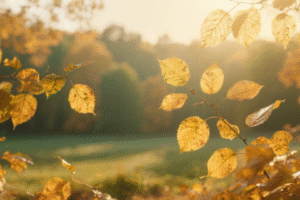

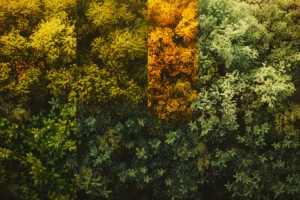
What To Do During the Transition
As summer fades, we are called to gather ourselves, to move from outward activity to inward reflection. This does not mean isolation, but rather choosing balance: keeping the body warm, building routines, and nourishing the spirit with calm before full autumn season arrives. The transition is less about stopping and more about shifting the quality of our daily life.
Adjust sleep patterns to earlier nights.
Practice grounding exercises such as tai chi or yoga.
Use moxibustion to strengthen immunity and warm digestion.
Create cozy spaces at home to prepare for winter.
Food According to TCM, Ayurveda & Mediterranean Cuisine
Food is the most immediate medicine in seasonal transitions. In Chinese medicine, this is the time for cooked grains, root vegetables, pears, and honey to moisten and warm the body. Ayurveda prescribes gently spiced, warming meals to counter the dry, cooling winds of early autumn. The Mediterranean tradition offers its own wisdom: stews of lentils and beans, roasted vegetables, figs, grapes, and the last tomatoes of summer preserved for winter.
Each tradition agrees: eat with the season, favor warmth, and allow food to be both comfort and healing. In doing so, we carry summer’s strength into autumn’s steadiness.
TCM: Soups, grains, pears, honey, squash.
Ayurveda: Spiced teas, root vegetables, ghee, ginger.
Mediterranean: Lentils, olive oil, grapes, figs, roasted eggplants.
Traditional Storage Practices
For centuries, women prepared households for winter by preserving summer’s abundance. These practices were not only practical but also rituals of care, ensuring continuity and survival. In the Mediterranean, jars of tomato paste, sun-dried figs, and pickled olives filled storerooms. In northern Europe, cucumbers were pickled, and cabbage fermented into sauerkraut. Chinese households salted vegetables in vinegar, while in the Andes, potatoes were dried into chuño to last the long, cold months.
These acts of preservation remind us that transitions are also about foresight — about honoring the work of summer by saving its gifts for the colder days to come.
Mediterranean: tomato paste, figs, olives.
Europe: pickles and sauerkraut.
China: preserved vegetables.
Andes: dried potatoes (chuño).
Vitamins, Spirulina & Fruits
Supplements and seasonal foods support the body through autumn’s shift. As sunlight decreases, vitamins and minerals become even more important. Spirulina — especially local varieties grown in Mediterranean or tropical waters — adds stamina and immunity. Fruits also mark the season’s richness: apples and pears in Europe, persimmons in Asia, guava and papaya in Brazil. The earth speaks differently in each land, but the message is the same — nourish with what is ripe and present.
Vitamin D and C for immunity.
Magnesium and zinc for balance and calm.
Spirulina for vitality and resilience.
Fruits: apples, grapes, figs, pears, persimmons, or tropical fruits like papaya.
Mindful Practices & Self-Discovery
Transitions invite us to reflect. Just as trees let go of their leaves, we too are asked to consider what no longer serves us. Writing, meditation, and quiet observation of nature can help turn this seasonal moment into a practice of self-discovery.
One way is to keep a seasonal diary. In summer, you may have embraced freedom and movement. Now, ask yourself: What can I release as autumn arrives? What habits or thoughts can I shed, just as nature sheds what is no longer needed? In doing so, we step into the new season lighter, freer, and more in tune with the earth’s quiet call.
Journal question: What do I want to let go of as I move into autumn?
Practice gratitude for summer’s fullness.
Create daily rituals of slowing down (tea, walks, reading).
Closing Reflection
The transition from summer to autumn is a passage of release and gathering, of slowing down and preparing for renewal. By honoring this moment with ancient wisdom, mindful practices, and seasonal nourishment, we live not against the cycle of nature but within it. The earth teaches us through its rhythms — all we need to do is listen.
References
Panagiota Sophia Vlahou
Certified Beekeeper | Specializing in Traditional Beekeeping & Natural Wellness Methods
Trained in Traditional Acupuncture – Academy of Traditional & Chinese Medicine
Member of the Beekeepers’ Association of Attica-Greece
Disclaimer: This article is for educational and informational purposes only. It is not intended to diagnose, treat, cure, or prevent any disease, and it does not substitute professional medical advice. Always consult a qualified healthcare professional before making any changes to your diet, lifestyle, or health practices.

